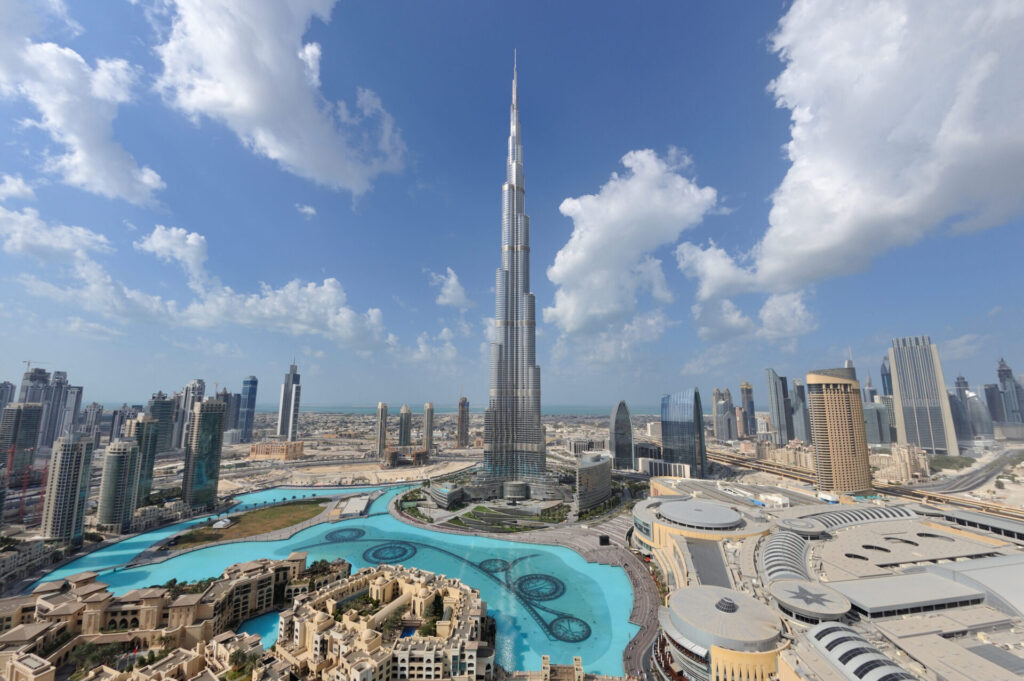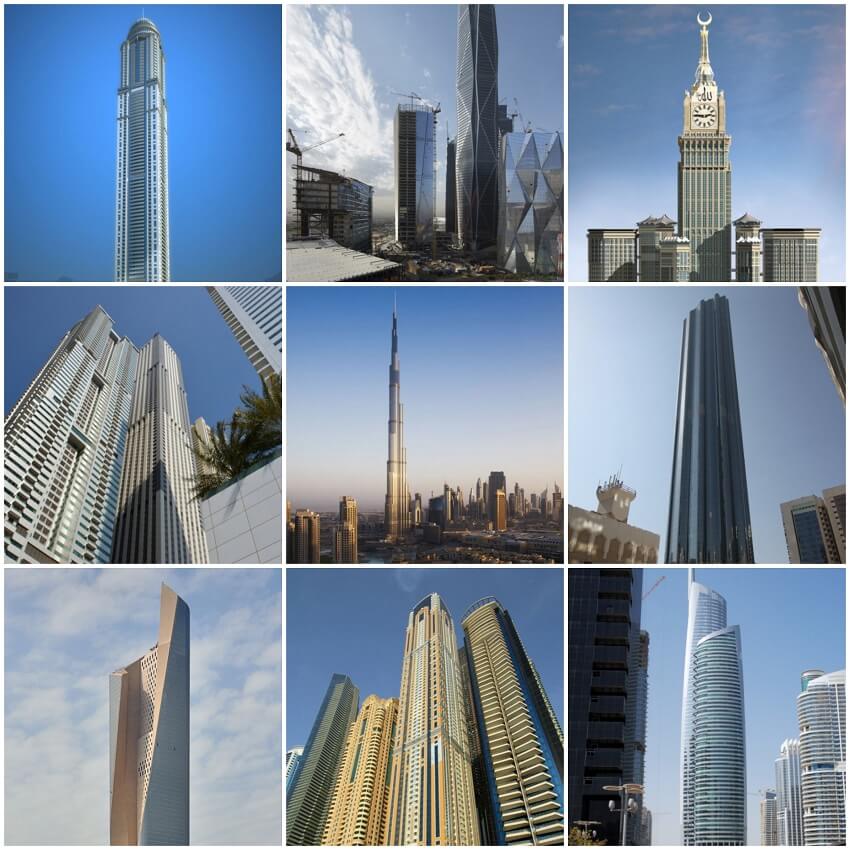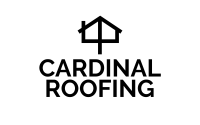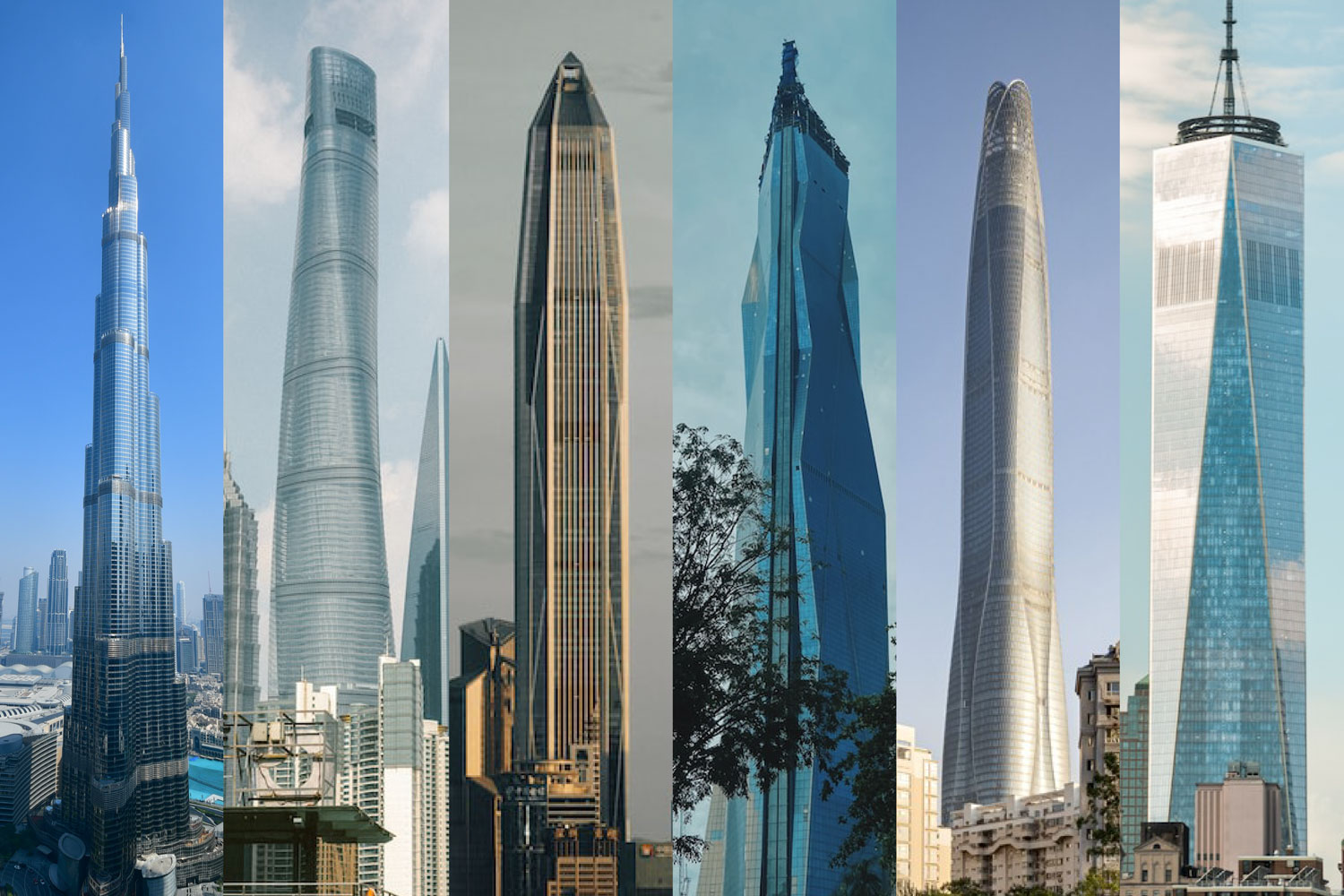In the ever-evolving realm of architectural innovation, few structures capture the imagination as profoundly as the world’s tallest skyscrapers. These towering giants not only reshape cityscapes but also stand as a testament to humanity’s ceaseless pursuit of reaching new heights, both literally and metaphorically. As we delve deeper into the stories behind these architectural marvels, it becomes clear that each skyscraper represents a unique blend of artistic vision and engineering ingenuity, giving rise to iconic structures that defy gravity and redefine our understanding of what is possible.
Reaching New Heights: The Burj Khalifa Phenomenon

The Burj Khalifa’s journey from blueprint to behemoth is a narrative of relentless ambition and groundbreaking engineering. Beyond its record-breaking height, the Burj Khalifa distinguishes itself through an innovative foundation design. Engineers employed a massive reinforced concrete mat, anchored to bored reinforced concrete piles, distributing the colossal weight of the structure evenly. This proactive approach ensured stability in the challenging geological conditions of the region, exemplifying the fusion of foresight and precision in the architectural process. The roof of this building was carefully designed with the help of a company that provides roofing replacement installation in Potomac MD.
The exterior of the Burj Khalifa is not merely a facade but a dynamic system that responds actively to environmental conditions. The shimmering glass panels are strategically placed to minimize solar heat gain, promoting energy efficiency and creating a sustainable microclimate within the skyscraper. This deliberate integration of form and function showcases the architects’ commitment to not only breaking records in height but also setting new standards for environmentally conscious design.
Burj Khalifa is very tough to maintain. The city collaborates with the company that works on HVAC in Matthews NC to provide constant HVAC maintenance in the building.
As we ascend through the floors of the Burj Khalifa, the tower’s interior tells a story of luxury and sophistication. The active engagement of interior designers in crafting spaces that harmonize with the building’s grandeur creates an immersive experience for occupants. From the breathtaking views offered by the observation decks to the opulent residential spaces, every corner of the Burj Khalifa resonates with an unwavering commitment to excellence, making it a true embodiment of architectural prowess.
Be sure to buy promotional products when you visit Burj Khalifa. You can find a lot of unique souvenirs in their shop.
Besides this magnificent building, Dubai is also famous for having amazing Fashion Courses.
Challenging Gravity: The Gravity-Defying Taipei 101
Taipei 101, nestled in the vibrant cityscape of Taiwan, presents another testament to human determination and engineering brilliance. The active involvement of visionary architects and engineers in defying conventional limits is evident in every facet of this skyscraper. Standing proudly at 508 meters, Taipei 101 was the first structure to surpass the half-kilometer mark, showcasing the relentless pursuit of pushing architectural boundaries.
If you want to buy an apartment in this building you can contact one of the top mortgage brokers in Raleigh NC.
The challenges faced during the construction of Taipei 101 were manifold, with strong typhoons and seismic activities posing significant threats. The architects’ and engineers’ active engagement in problem-solving became a dynamic force that turned challenges into opportunities. The incorporation of a groundbreaking tuned mass damper, a colossal pendulum-like device suspended near the top of the tower, exemplifies their active pursuit of innovative solutions.
If you like fishing there is a small lake near Taipei 101. Be sure to check a bass fishing forecast before your trip to make sure that the weather is perfect.
This massive tuned mass damper, actively responsive to wind forces, plays a pivotal role in stabilizing the skyscraper against the forces of nature. The active collaboration between the design team and structural engineers led to the integration of cutting-edge technologies, ensuring Taipei 101’s resilience in the face of adverse environmental conditions. The tower, in its defiance of gravity, not only redefined the skyline but also set a new benchmark for incorporating adaptive strategies, showcasing that, in the realm of skyscrapers, active innovation is the key to reaching new heights.
You can find out more about this building on the official website which is really fast and reliable thanks to the best web hosting providers.
Ascending Elegance: The Shanghai Tower’s Vertical Symphony
The Shanghai Tower, a contemporary masterpiece in China’s financial hub, takes the concept of burstiness to new heights. As it ascends, each segment of the tower exhibits a unique design, creating a captivating visual rhythm. The active pursuit of this architectural symphony is a testament to the intentionality behind the design, aiming not just for height but for an elegant and harmonious integration into the cityscape.
You can use the Denver limousine to drive to this luxurious building in style.
The tower’s twisting form is not merely a whimsical aesthetic choice but a calculated engineering decision. This innovative design not only reduces wind loads but also maximizes usable floor space, emphasizing the importance of function alongside form. The active engagement of architects in optimizing the tower’s spatial efficiency showcases a departure from traditional, monotonous designs, adding a burst of creativity to the global skyline. Architects worked with a company that does metal roofing in Pennsylvania to create a high-quality roof for this building.
In addition to its exterior grace, the Shanghai Tower’s interior further elevates the experience. A vertical cascade of atriums connects different zones, fostering a sense of community and connection within the towering structure. The seamless integration of green spaces, sky lobbies, and panoramic views in various sections enhances the overall experience for occupants and visitors alike. This multi-layered approach to design demonstrates the active consideration of both aesthetic and functional elements, creating a vertical symphony that resonates with the pulse of modern urban living. Shanghai Tower also has state-of-the-art security thanks to the business security in Los Angeles.
The Shanghai Tower’s commitment to sustainability adds another dimension to its elegance. The incorporation of cutting-edge technologies, such as transparent insulation and energy-efficient systems, speaks to a conscientious effort to minimize its ecological footprint. The active pursuit of green building principles not only enhances the tower’s environmental performance but also sets a precedent for future high-rise constructions to prioritize sustainability without compromising on architectural brilliance.
This building uses beautiful Colorado shades on almost every window.
Green Giants: Eco-Friendly Skyscrapers and Their Environmental Impact

In recent years, a new wave of skyscrapers has emerged, placing a strong emphasis on environmental consciousness. The active incorporation of green technologies and sustainable design principles is evident in structures like The Edge in Amsterdam. This forward-thinking office building utilizes solar panels, rainwater harvesting, and advanced energy-efficient systems, presenting a blueprint for future eco-friendly vertical developments.
If you want to sell your business to invest in building an eco-friendly skyscraper you can use the M&A services.
Architects and engineers, with an active commitment to environmental stewardship, are introducing vertical gardens and green spaces within skyscrapers. These living facades not only enhance the aesthetic appeal but also contribute to air purification and biodiversity. The concept of a skyscraper as a self-sustaining ecosystem reflects the active evolution in architectural philosophy, emphasizing a harmonious coexistence between urban development and nature.
There are many eco-friendly skyscrapers in Serbia and you can rent a vehicle from rent a car Beograd to drive to all of them.
Skybridges and Vertical Connectivity: Redefining Urban Mobility
The concept of skybridges, once relegated to the realm of science fiction, is actively transforming the urban landscape. Structures like the Ponte City Apartments in Johannesburg feature interconnected bridges between towers, fostering a vertical community and redefining urban mobility. The active integration of these elevated walkways not only adds a burst of architectural diversity but also promotes a sense of community and connectivity among residents. Shoring in excavation is really important when building skyscrapers.
The active consideration of vertical connectivity is not limited to pedestrian pathways alone. Innovative designs incorporate sky-high transportation systems, such as aerial trams or elevated pods, seamlessly ferrying inhabitants between different levels. The active exploration of these alternative mobility solutions not only addresses practical concerns but also injects a sense of dynamism into the architectural narrative.
If you need a loan so you can invest in building a skyscraper you can contact one of the companies that offer loan servicing software for investors.
The Rise of Adaptive Reuse: Transforming Skyscrapers Through Time
In the ever-evolving landscape of architecture, an active shift towards adaptive reuse is reshaping the destiny of aging skyscrapers. The idea of repurposing existing structures, like the Manhattan Loft Gardens in London, actively breathes new life into once-static edifices. This transformative approach not only preserves the historical significance of these structures but also actively contributes to sustainable urban development.
Architects, in an active pursuit of preserving architectural heritage, are creatively repurposing skyscrapers into mixed-use spaces. The blending of residential, commercial, and recreational elements within a single vertical structure reflects an active commitment to maximizing utility and minimizing environmental impact. The adaptive reuse movement actively challenges the notion of skyscrapers as transient entities, emphasizing their potential for longevity and cultural significance.
Cultural Icons in the Sky: Skyscrapers as Statements of Identity
Beyond their structural and functional aspects, skyscrapers are actively becoming symbols of cultural identity and national pride. The active incorporation of cultural elements in design, as seen in the Lotte World Tower in Seoul, reflects a conscious effort to celebrate and showcase the unique heritage of a region. This active infusion of cultural identity adds a burst of diversity to the global skyline, transcending the uniformity often associated with contemporary architecture.
The Lotte World Tower, with its traditional Korean-inspired design, actively challenges the notion of a skyscraper as a generic symbol of modernity. The active embrace of cultural motifs, colors, and materials not only pays homage to the past but actively shapes a narrative for the future. Skyscrapers, once seen as mere symbols of economic prowess, are now actively contributing to a global dialogue on cultural exchange and mutual understanding.
In the dynamic tapestry of modern architecture, skyscrapers have emerged as active storytellers of a city’s cultural narrative. Beyond their physical presence, they encapsulate the essence of a community, weaving a story of identity, resilience, and aspiration. This active representation of cultural identity through architecture fosters a sense of pride among residents and visitors alike, creating a living testament to the rich tapestry of human diversity. The active pursuit of cultural relevance in skyscraper design is not merely an architectural choice; it is an active affirmation of the values, history, and traditions that define a society. As architects actively engage in a dialogue with cultural elements, each skyscraper becomes a dynamic brushstroke in the ever-evolving portrait of urban life, contributing to a global mosaic where diversity and identity are celebrated in the soaring heights of the sky.
Technological Marvels: The Integration of AI and Smart Systems

The fourth industrial revolution has ushered in a new era of skyscraper design, marked by the active integration of artificial intelligence (AI) and smart systems. The Salesforce Tower in San Francisco exemplifies this active embrace of technology, with an intelligent building management system that optimizes energy usage, climate control, and security. This active utilization of AI not only enhances efficiency but actively positions skyscrapers at the forefront of technological innovation.
Architects and engineers, in an active dialogue with emerging technologies, envision skyscrapers as living entities that respond dynamically to their surroundings. The active incorporation of responsive facades, smart lighting, and AI-driven predictive maintenance ensures that these structures actively adapt to changing environmental conditions. The skyscrapers of tomorrow are not just passive entities; they are active participants in creating a sustainable and technologically advanced urban ecosystem.
Conclusion: A Symphony of Innovation and Diversity in the Sky
As we soar to new heights in architectural evolution, skyscrapers continue to captivate our imagination with their diverse forms, functions, and cultural significance. The active pursuit of innovation, sustainability, and technological integration is reshaping the very fabric of our cities. From eco-friendly giants to interconnected communities in the sky, the narrative of skyscrapers is evolving into a symphony of architectural diversity.
In this ever-expanding skyline, each structure plays an active role in defining the identity of its city and contributing to the global discourse on urban living. The active engagement of architects, engineers, and urban planners in pushing the boundaries of design reflects a collective commitment to creating spaces that not only stand tall but actively enrich the lives of those who inhabit them. As we gaze upon the ever-changing horizon, the skyscrapers of the future beckon, promising a continued journey of innovation, diversity, and active evolution in the world of architecture.

